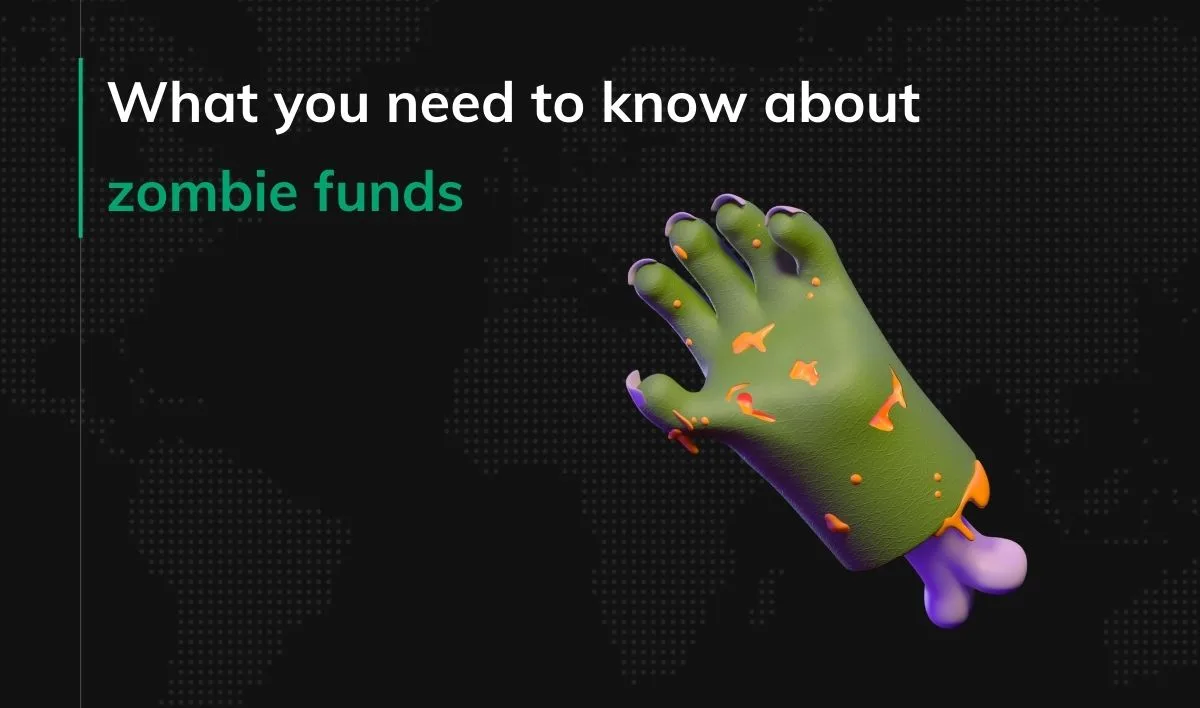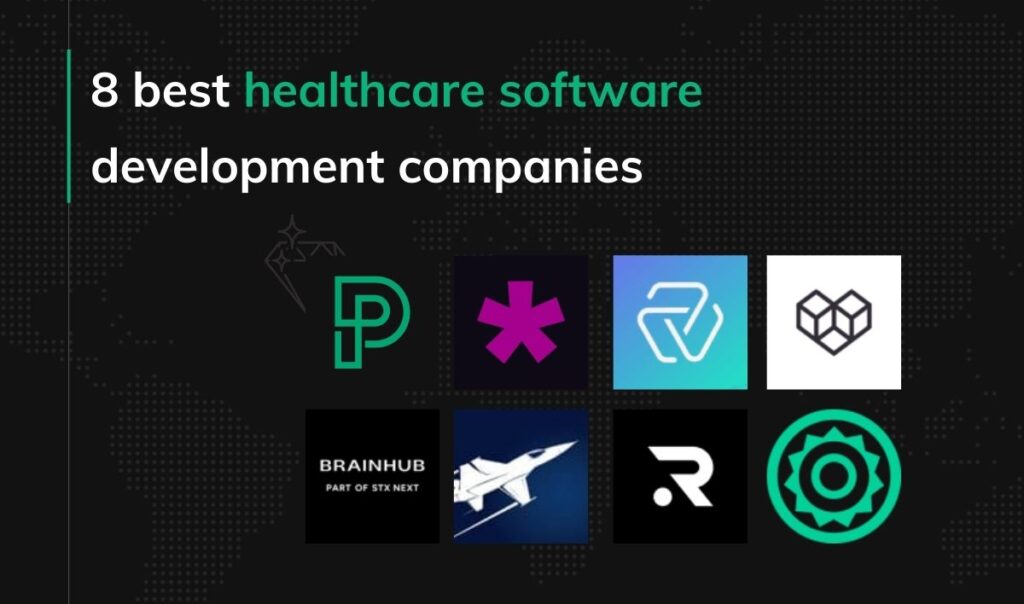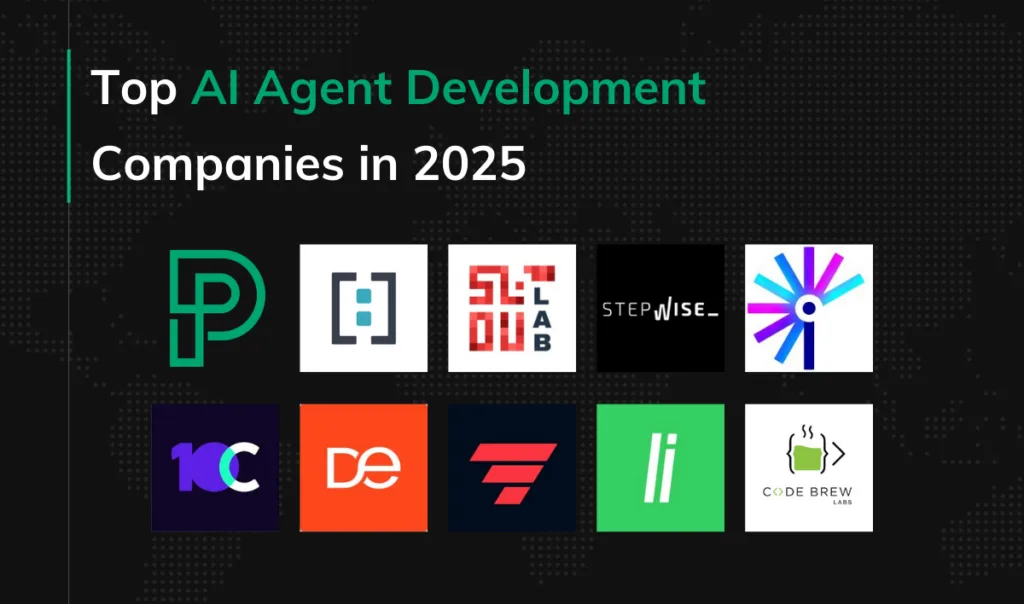What are zombie funds, and what do they mean for startups?

Sifted reports a 30% drop in European VCs doing at least one annual deal, from 5,704 in 2022 to 4,044 in 2024. Some have slowed activity, while others may have become ‘zombie’ firms, managing old funds but not pursuing new deals.
What is a zombie fund, and are the walking dead funds coming for us?
Let’s find out.
Get a zombiepocalypse plan
What is a zombie fund?
A zombie fund is an investment fund that lacks an active strategy or growth potential due to capital or performance issues.
An example is Stride VC, which announced that it would not raise a third fund and ended partnerships with its managing partners.
Typical characteristics of a zombie fund include:
- Depleted capital
- Stalled portfolio
- Fee-driven survival
- Illiquidity
- Extended life
Zombie funds often face criticism for prioritizing manager fees over investor returns, a trend common in economic downturns or struggling sectors. How to fundraise in recession?
The problems with zombie funds
Zombie funds are a problematic phenomenon for investors, startups, and the sector as a whole.
- For investors: Investors’ money remains tied up in a fund that isn’t generating meaningful returns; this reduces their ability to reinvest in more promising opportunities. At the same time, they must continue paying management fees, even when there’s little or no active management or growth in the fund’s portfolio. Finally, there’s the illiquidity issue: selling their stake in the fund can be difficult, as secondary market buyers are wary of acquiring underperforming assets.
- For startups: Startups backed by zombie funds may receive little to no follow-on funding, mentorship, or strategic guidance. What’s more, these fund may avoid additional investment in portfolio companies, even when those startups show potential.
- For the tech sector: Zombie funds trap capital in underperforming assets. By doing so, they reduce the pool of available funding for innovative startups that could drive growth in the sector. The existence of zombie funds can lead to an artificial inflation of the number of “active” funds, obscuring the true health of the investment landscape.
Dawn of the dead in 2025? Not yet. 4 trends
Are there more zombies on the horizon? It doesn’t seem so. Here are four venture funding tendencies we will observe in 2025:
No more zombies yet
Joe Schorge from Isomer Capital believes that while examples of such situations exist, they are not yet a dominant trend. The issue with analysis lies in the fact that funds publicly announce successes (e.g., first fund closings) but do not disclose failures (e.g., challenges in raising funds or shutting down operations). This process is often hidden and spans years.
Flight to quality
A trend that will continue. In 2024, investors preferred investing large sums in selected, promising companies rather than spreading capital widely. This phenomenon will persist in 2025. Only a small portion of the market attracts attention and competition from many investors, leaving other companies in a more challenging position.
VC market bifurcation
The VC market seems to be heading toward a division into two groups:
- Small, specialized funds: Typically managed by individual general partners (GPs) or small teams. These are more flexible, risky, but can yield higher returns for investors.
- Large, established funds: Firms like Balderton, which manage multiple large-scale funds. These attract institutional investors due to their reputation, stability, and the resulting sense of security.
Medium-sized funds (with budgets ranging from €100-300 million) may find themselves in a difficult position. They are neither as flexible and dynamic as small funds nor as reputable and resourceful as large firms. They may struggle to attract investors who prefer more extreme options: large, safe funds or small, high-risk ones with potentially higher returns.
VC industry reconfiguration
The VC industry is undergoing reorganization, visible in aspects such as:
- Succession: Firms need to rethink their management structures, e.g., Speedinvest introduced changes in its management team, while HV Capital promoted internal investors.
- Partner departures: Experienced partners are being replaced by new players, creating space for changes. Examples include departures at Sequoia Capital, Cavalry Ventures, and the NATO Innovation Fund.
Startup emergency plan
If you’re a startup decision-maker, you might be wondering how to find your way in this zombie market. Here are a few strategies that might make it easier to rise funds:
- Focus on business value, not just technology: Rather than solely emphasizing technological advancements, highlight how your startup addresses specific business challenges. In discussions with investors, stress the key benefits your product or service delivers to clients – that’s what they care about the most.
- Identify key product features: Develop a product strategy that focuses on the 20% of features generating 80% of the value. By minimizing unnecessary functionalities, you can deliver a high-potential product to the market faster and impress investors with your efficiency and focus.
- Cost optimization: Showcase your ability to manage budgets wisely and optimize costs while delivering value. Investors will appreciate your ability to maximize results with limited resources.
Craft your zombiepocalypse plan with us
At Pragmatic Coders, we focus on the business side of projects, helping our clients to:
- Define what is truly essential in their idea, what can be simplified, and what can be postponed.
- Identify the 20% of features that will deliver 80% of the value.
Plan a workshop with our experienced team to analyze your business idea, identify key priorities, and simplify the implementation process. Show investors that you’re well-prepared & clearly define what really matters in your project.
Source: Sifted, VCs in Europe has dropped by 30% in the last two years





